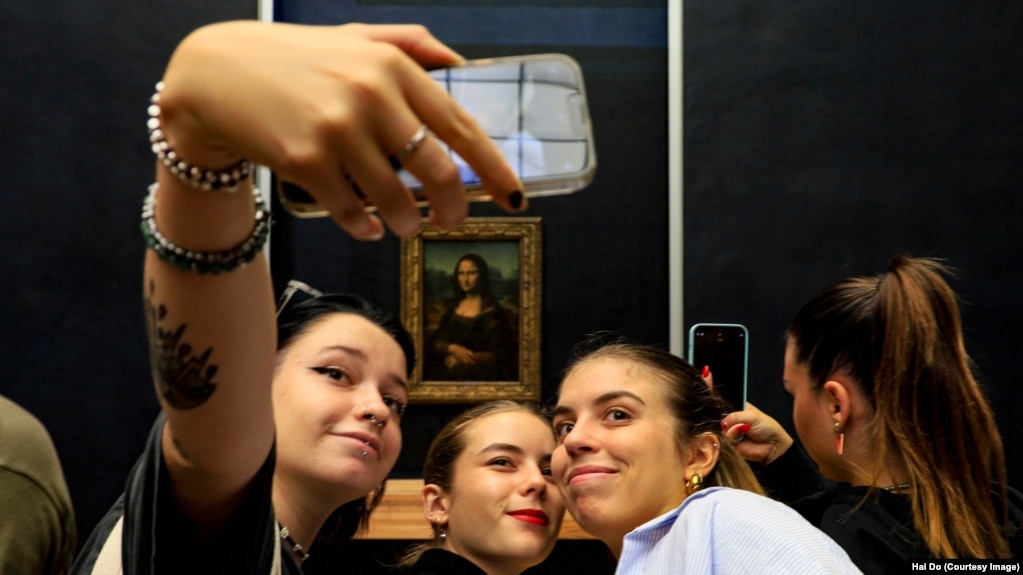Scientists Learn Another ‘Mona Lisa’ Secret

The Mona Lisa is the famous Leonardo da Vinci painting of a woman with a mysterious smile.
This week, the painting gave up a secret.
Scientists used X-rays to examine the chemical structure of an extremely small part of the more than 500-year-old painting. The researchers discovered a technique Leonardo used in the work.
A team in France and Britain discovered an oil paint used for the Mona Lisa was a special, new chemical mixture.
The research was published Wednesday in the Journal of the American Chemical Society. It suggests that the Italian artist may have been in an experimental mood when he set to work on the painting early in the 16th century.
“He was someone who loved to experiment, and each of his paintings is completely different technically,” said Victor Gonzalez. He is the study’s lead writer and a chemist at France’s top research organization, the National Center for Scientific Research (CNRS). Gonzalez has studied the chemical makeup of several works by Leonardo, Rembrandt and other artists.
“In this case, it’s interesting to see that indeed there is a specific technique for the ground layer of Mona Lisa,” he said in an interview with The Associated Press.
Specifically, the researchers found a rare compound, plumbonacrite, in Leonardo’s first layer of paint. The discovery, Gonzalez said, confirmed that da Vinci most likely used lead oxide to thicken and help dry his paint.
Carmen Bambach, a specialist in Italian art at New York’s Metropolitan Museum of Art, called the research “very exciting.” Bambach, who was not involved in the study, said it shows “Leonardo’s spirit of passionate and constant experimentation as a painter,” she wrote in an email.
The speck of paint in the imaging study is about the thickness of a human hair. It lies in the top right area of the painting.
The scientists looked into its atomic structure using X-rays in a synchrotron. The machine moves particles at close to the speed of light, permitting researchers to look deeper into the paint structure.
“Plumbonacrite is really a fingerprint of his recipe,” Gonzalez said. “It’s the first time we can actually chemically confirm it.”
Dutch artist Rembrandt may have used a similar mixture when he was painting in the 17th century. Gonzalez and other researchers have found plumbonacrite in his work, too.
“It tells us also that those recipes were passed on for centuries,” Gonzalez said. “It was a very good recipe.”
Leonardo is thought to have melted lead oxide powder, which has an orange color, in linseed or walnut oil to make it thicker and dry faster.
“What you will obtain is an oil that has a very nice golden color,” Gonzalez said. “It flows more like honey.”
But the Mona Lisa — said by the Louvre to be a portrait of Lisa Gherardini, the wife of a Florentine silk merchant — and additional works by Leonardo still have other secrets to tell.
“There are plenty, plenty more things to discover,” Gonzalez said. “What we are saying is just a little brick more in the knowledge.”
Words in This Story
passionate - adj. showing, expressing strong emotion
constant - adj. happening all the time or very often
recipe - n. a way of doing something that will produce a particular result
powder - n. very fine, dry substance
obtain - v. to gain or get something usually by effort
https://learningenglish.voanews.com/a/scientists-learn-another-mona-lisa-secret/7306757.html